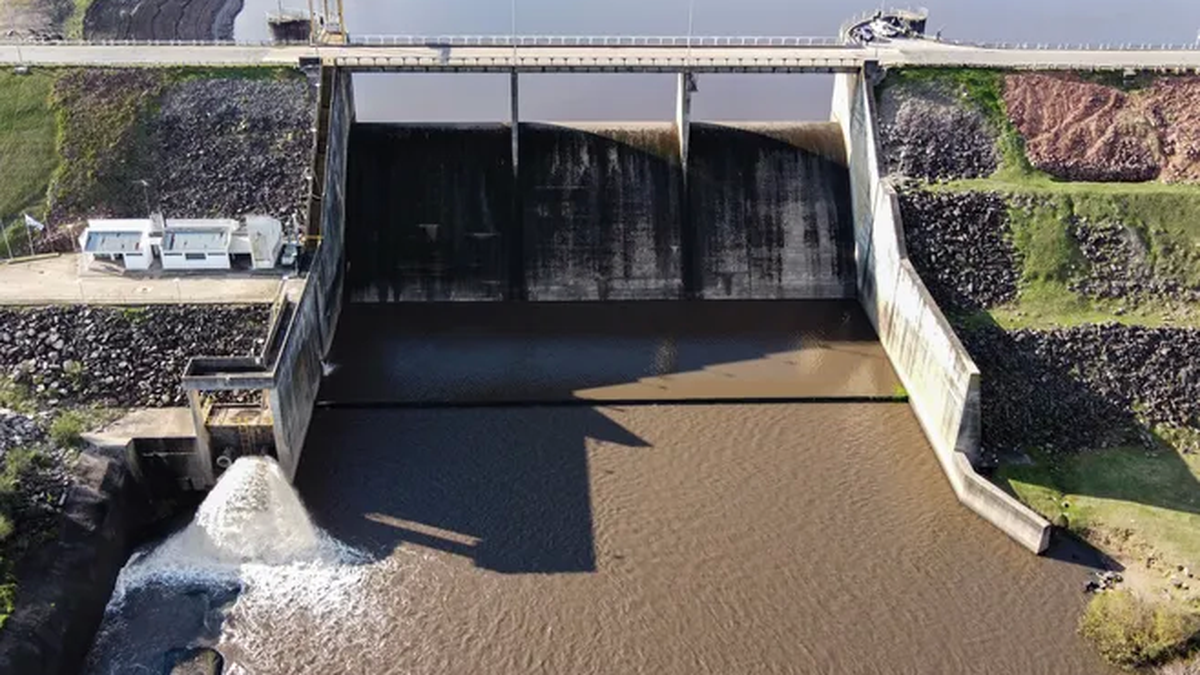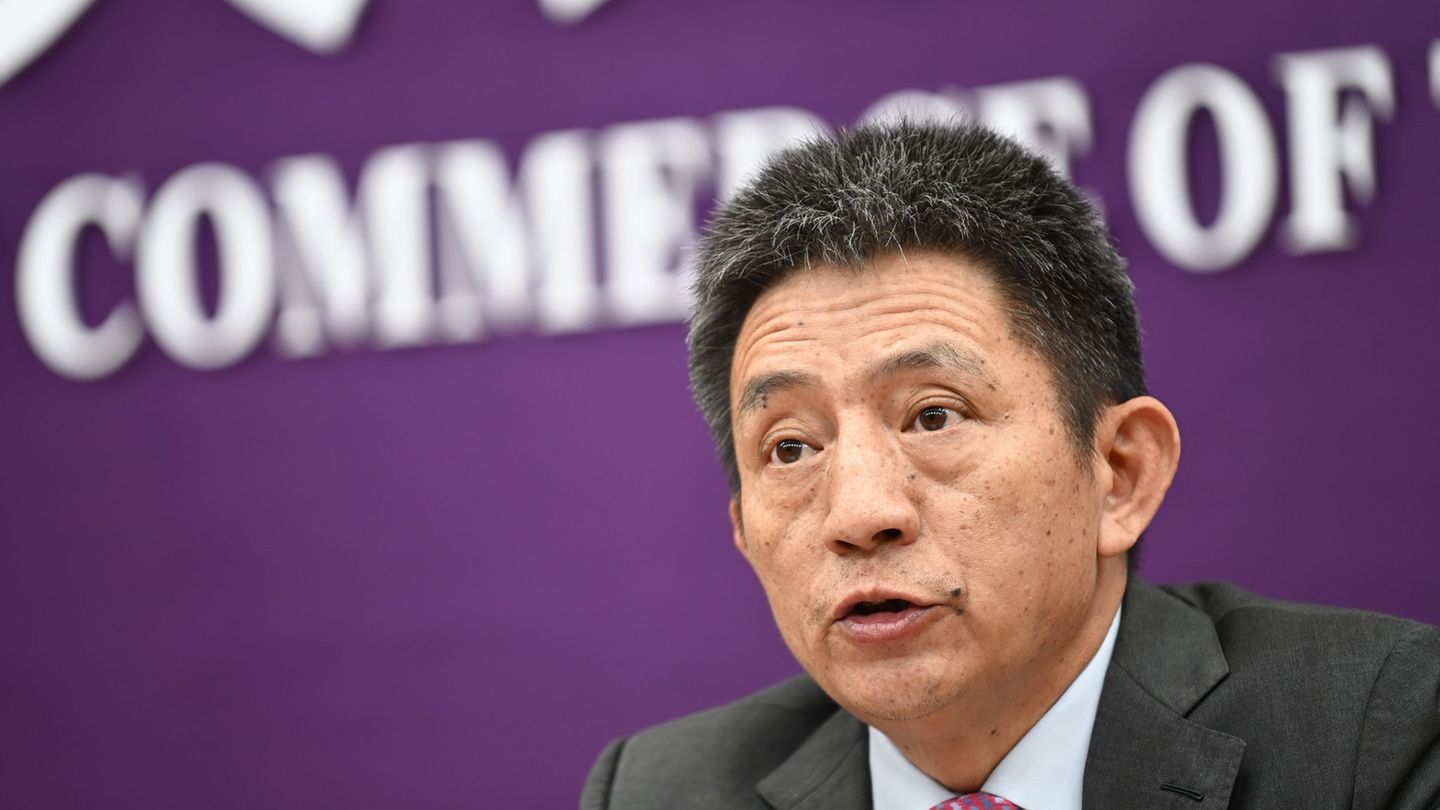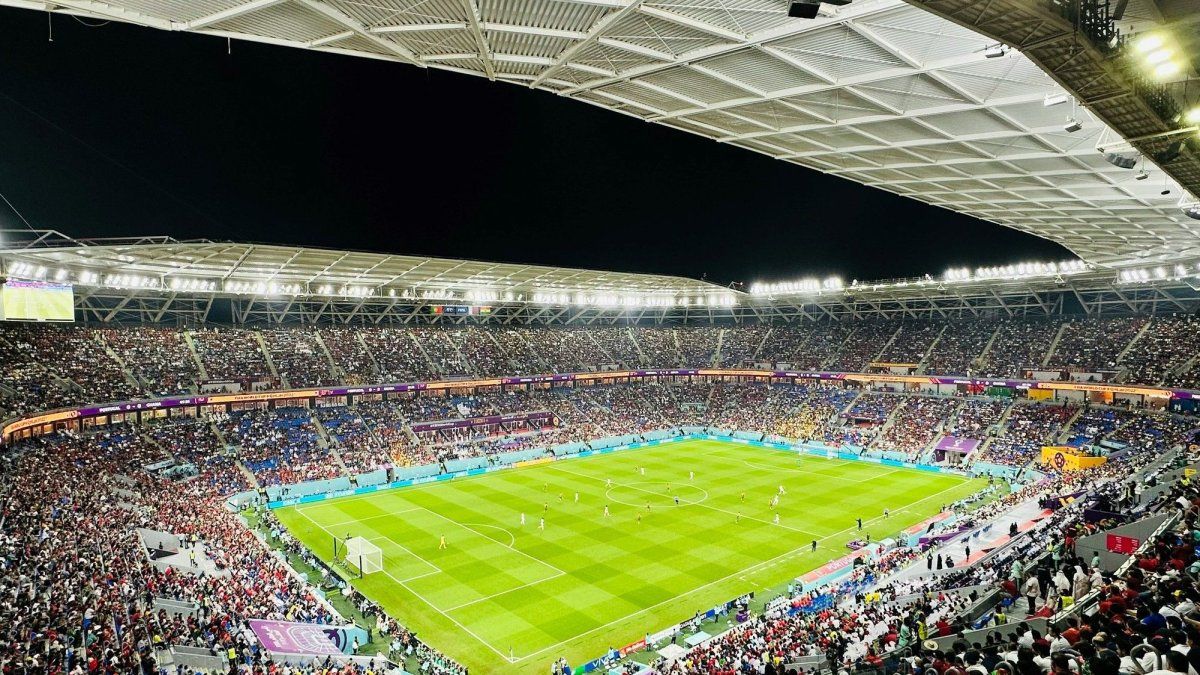The rainy in Uruguay of the last two days brought some relief in the midst of the water crisis that mainly affects the metropolitan area of the country; since although they are not enough to normalize the situation of water emergency half of the population lives, they did manage to extend a few more days the deadline for drinking water available in the reserve of Severino Pass.
He Uruguayan Institute of Meteorology (Inumet) published its pluviometric bulletin with the precipitation record in the main basins of the country, but the most anticipated data were those that pertain to the Santa Lucia River and the Paso Severino reservoir that supplies the Aguas Corrientes plant, from where the supply for the metropolitan area arises.
According to the report, in the last 24 hours in the Santa Lucía basin the average rainfall was 11.3 millimeters, levels similar to those that were also registered on Tuesday night. In this regard, the director of Inumet Meteorological Services, Natali Bentancor, explained that in this area “and in the Paso Severino dam, which is where it is most needed, we are having values that are around the 20 to 28 millimeters in that specific area”.
However, these welcome values are still insufficient. “In the month we would need it to rain around 80 to 90 millimeters which is the meteorological statistics, or how much it should rain at this time of year, also taking into account that the winter season is when it rains the least, contrary to what is thought. But if we reached that accumulated value of 80 or 90 millimeters throughout the month, there would be normal values for the time of year, “he explained in dialogue with Channel 10.
Meanwhile, the last two nights of rainfall were a “balm”, as the president of OSE, Raúl Montero. “They have given us the peace of mind to deal with that emergency that we had for a few days”he added, although he did not specify exactly how many grace days were earned over the cut-off period of which 8 days remained.
Although for the official “the precarious information we have now is good and auspicious”, they certainly do not reverse the situation, as they allow water to accumulate but are not enough for it to flow down the river.
A project for the water emergency
The current situation in Uruguay “is very tough.” This is how Montero recognized it during an event in the Manuel Oribe Institute of the National Party, in which he expounded on the Arazati projectalso know as Neptune, whose objective is to build a water treatment plant with private financing.
In this sense, and taking advantage of the event, the president of OSE highlighted the importance that the project has for “remove the fragility of the drinking water supply to the entire metropolitan system”even though the National Academy of Sciences He pointed out that the initiative “violates water security and sustainability.”
“OSE is experiencing, I think in recent history, one of the worst moments. The situation that affects more than half of the country’s population is very harsh. And I think that despite all the difficulties, that this is happening almost exempts me from the importance of the project that brings us together here,” said Montero, referring to the projected water treatment plant.
Until now, for the Neptuno project, OSE reported that there had been two tender offers for the construction of the new plant. The bidders were two consortiums of companies. One was called Montevideo waters -integrated to Saceem, Berkes and Fast— and the other was Grupo Arazati—Teyma and CIS.
Source: Ambito




